12 Reasons Why You Won’t Find Great White Sharks In Aquariums
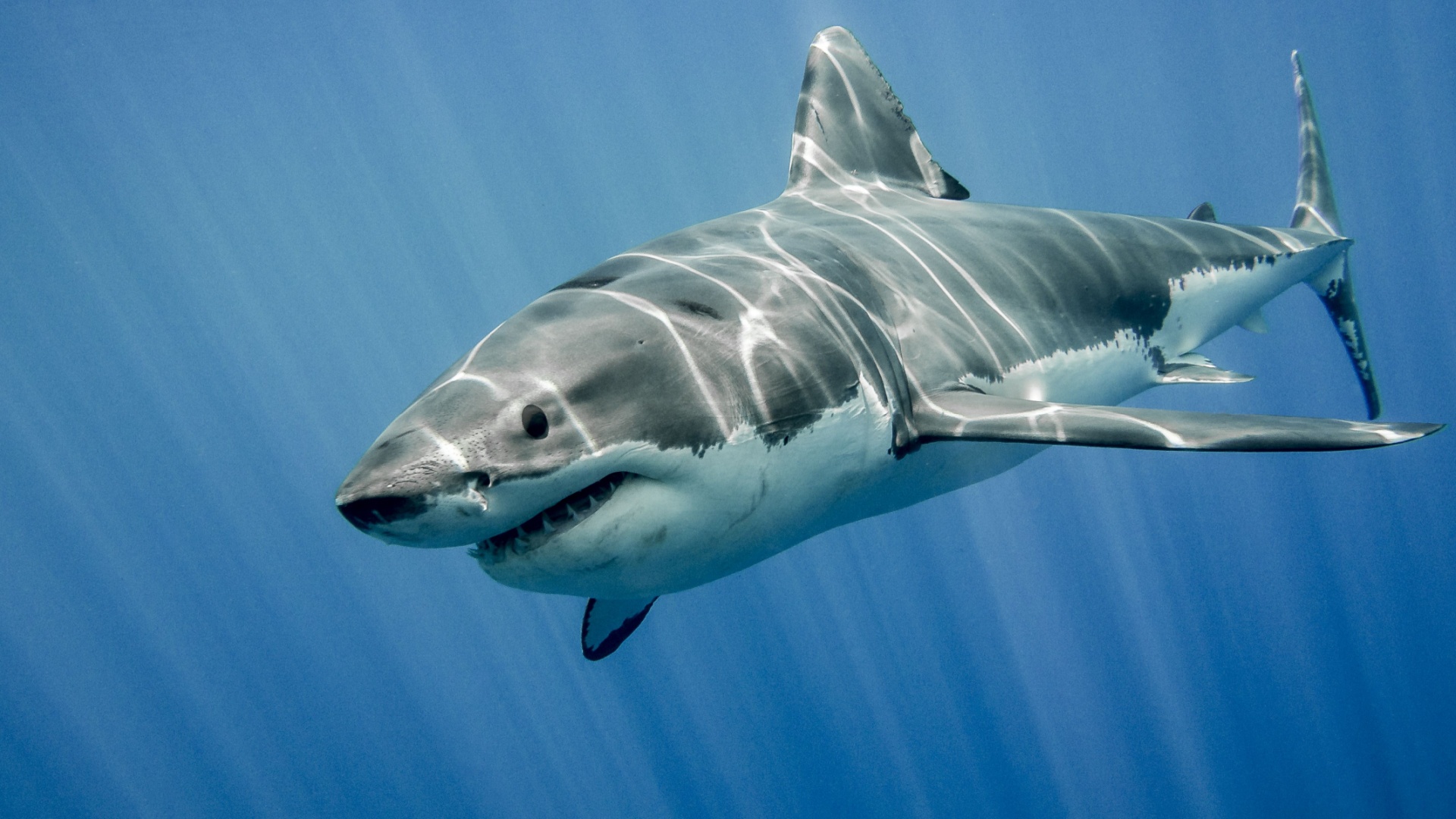
Great white sharks are among the most fascinating and fearsome creatures in the ocean, yet they’re rarely seen in aquariums.
Despite their popularity, there are several key reasons why these majestic predators are not suited for captivity.
From their immense size and need for vast swimming space to the challenges of their care and conservation concerns, keeping a great white shark in an aquarium presents numerous obstacles. In this article, we explore 12 reasons why these powerful sharks don’t belong in aquarium tanks.
1. Enormous Size
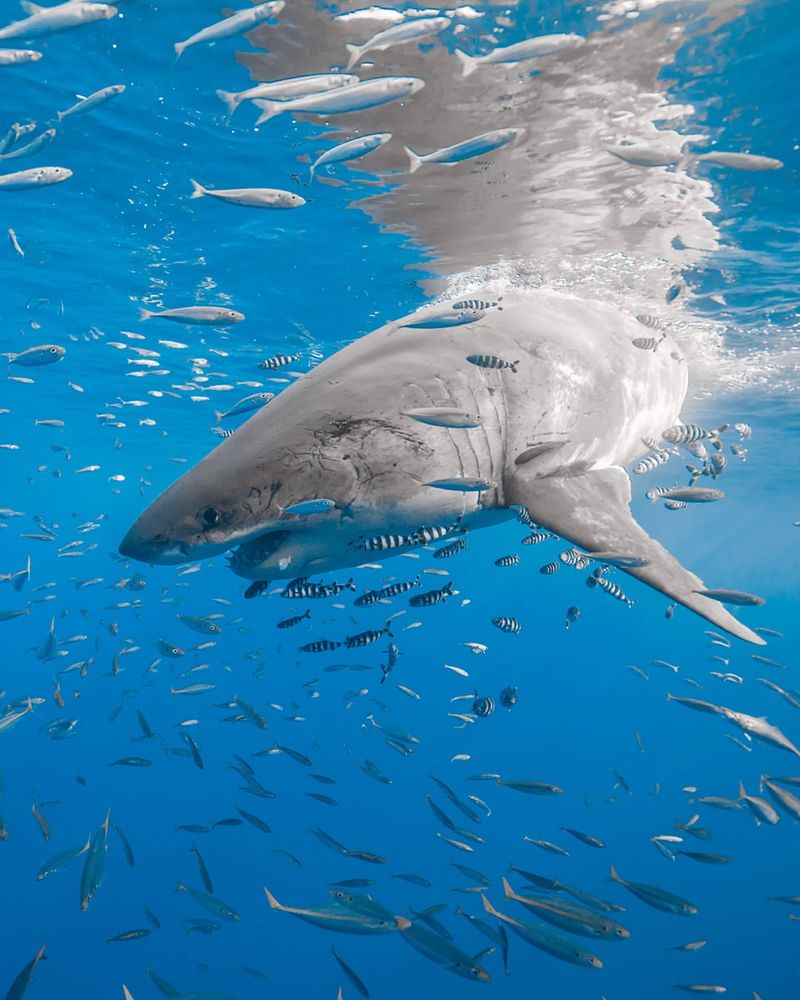
Few creatures command the ocean’s respect like a great white shark. These titans of the sea can grow up to 20 feet long, making them formidable predators. Their sheer size requires vast amounts of space, far beyond the capacity of any aquarium. Imagine trying to fit a whale into your bathtub – it’s just not feasible.
Aquariums, no matter how large, can’t replicate the endless expanse of the ocean. The logistics become laughable when considering the immense space these giants need to roam freely. Housing them would be akin to keeping an elephant in a bicycle shop.
It’s safe to say that the great whites are better left patrolling the open seas, where their size is an asset rather than a constraint. Thus, aquariums opt for smaller, more manageable species, avoiding the logistical nightmares associated with these oceanic behemoths.
2. Dietary Demands
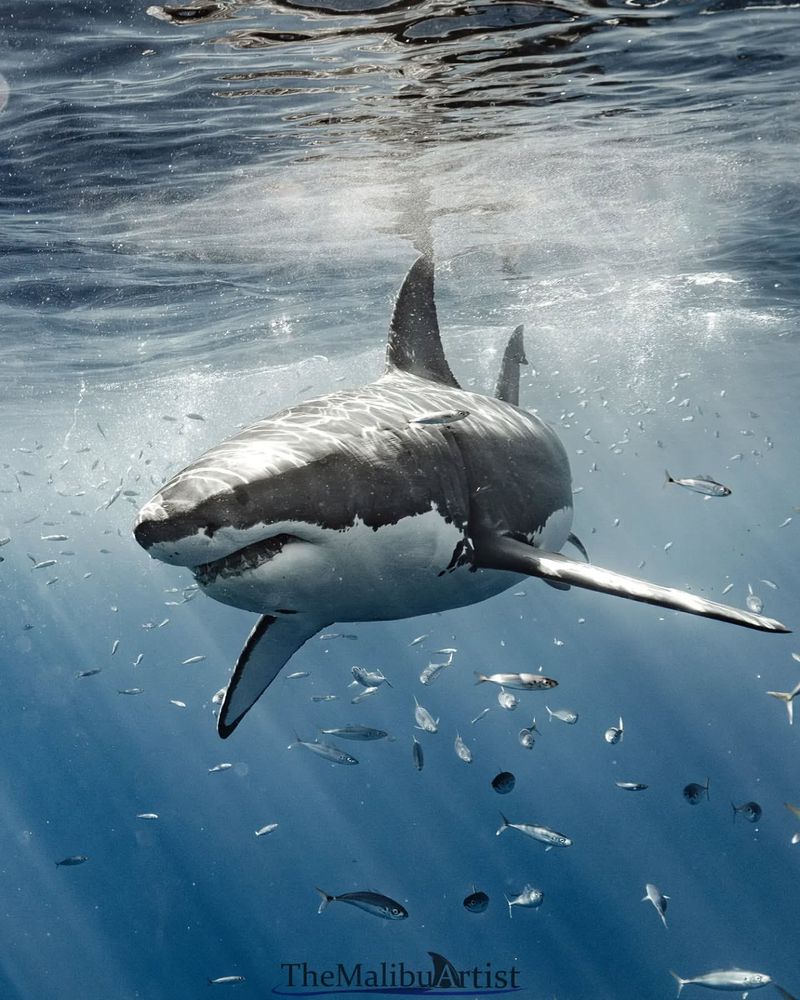
One does not simply serve dinner to a great white shark. These apex predators have dietary demands that are both specific and challenging to meet. Feeding primarily on seals and other marine mammals, their diet is not only vast but also quite expensive.
Providing a balanced, natural diet in captivity would be a logistical and financial nightmare. The expense of sourcing such large quantities of fresh prey is prohibitive, not to mention the ethical concerns of maintaining live prey for their meals.
In addition, replicating the hunting conditions they enjoy in the wild is nearly impossible. Sharks are not passive eaters; they are active hunters, and the lack of true hunting opportunities would significantly affect their health and wellbeing.
Therefore, the challenges of meeting their dietary needs in captivity make aquariums think twice before attempting to house these voracious eaters.
3. Migratory Nature
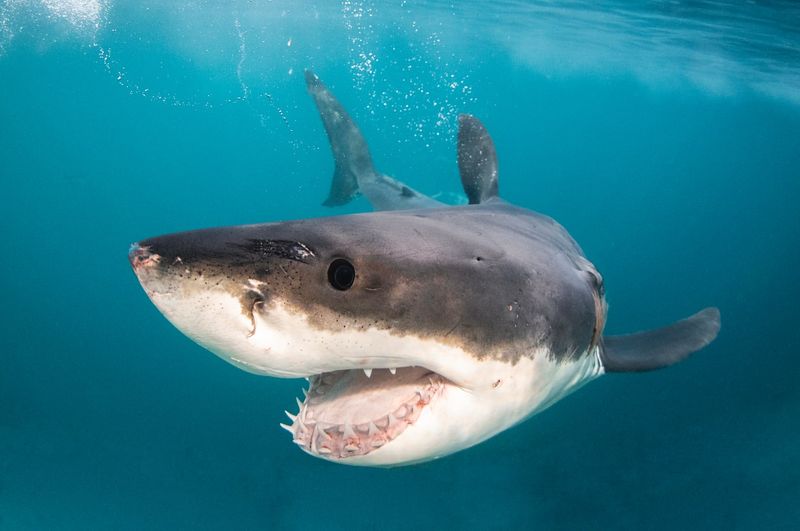
For great white sharks, the ocean is a vast highway with no speed limits. They are known for their migratory behavior, traveling thousands of miles across oceans. Unlike fish that thrive in confined spaces, great whites need the freedom to roam vast distances as part of their natural life cycle.
In captivity, these journeys are abruptly halted, causing significant stress and disorientation. Imagine being stuck in a small room when you’re used to roaming the entire world – it’s a recipe for unhappiness.
Sharks possess an internal GPS that guides them across great distances, something that can’t be replicated in an aquarium’s confines.
This instinctual need to travel poses a significant barrier to keeping them in tanks. It’s like trying to fit an ocean in a fishbowl. Letting them roam the oceans is both a necessity and a kindness.
4. Aggressive Behavior
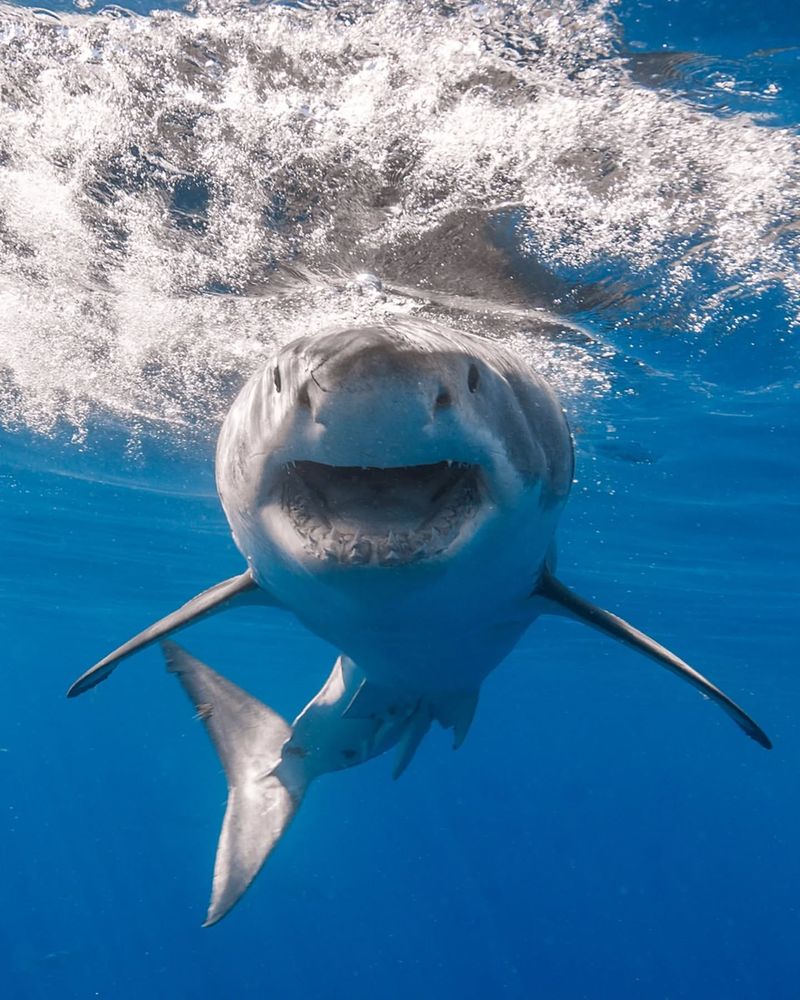
Great white sharks are not ones to shy away from a confrontation. Their aggressive behavior is legendary, a product of millions of years of evolution as an apex predator. In the wild, this aggression is a survival tool, but in captivity, it becomes a significant challenge.
Aggressive tendencies make them a danger not only to other marine life but also to themselves when confined. In an aquarium setting, the risk of injury or death due to aggressive encounters is high.
Aquariums aim to provide a safe environment for all their inhabitants, and the presence of such a formidable predator disrupts this balance.
Managing such aggression in a controlled environment is near impossible, making the inclusion of great whites in aquariums a hazardous proposition. In this light, their absence from aquariums is a sensible decision that ensures safety for all.
5. Short Lifespan In Captivity
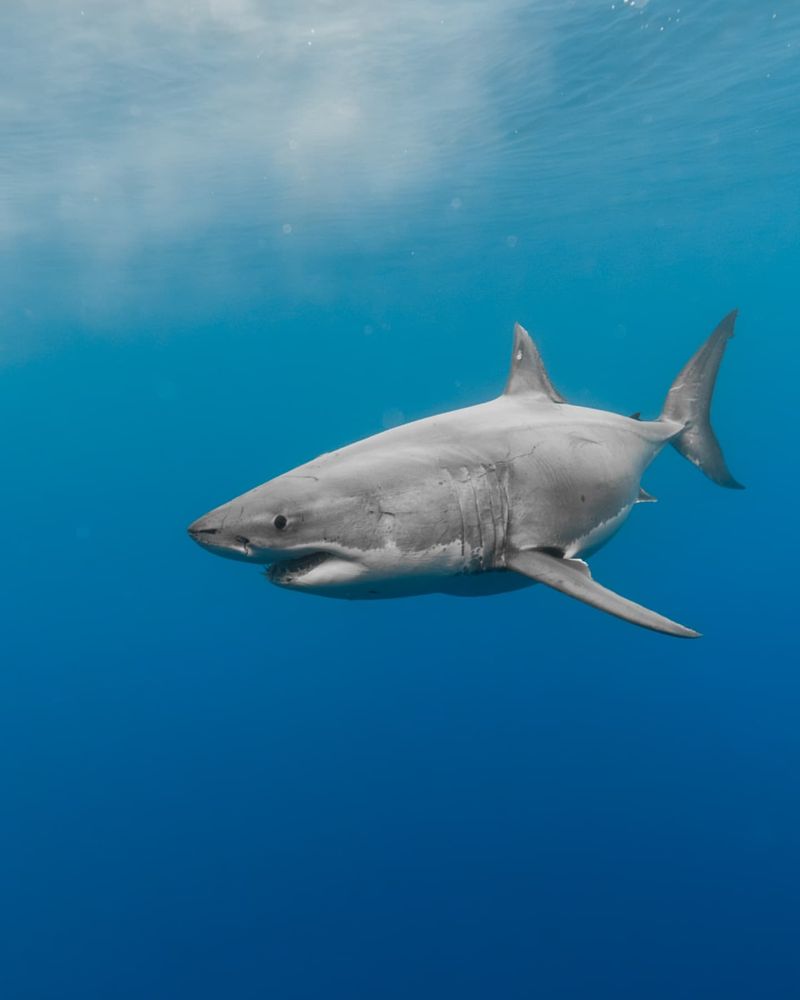
Great white sharks don’t fare well in captivity, often leading to short lifespans. Despite their robust nature in the wild, aquariums have repeatedly struggled to keep them alive for extended periods. The reasons for this are multifaceted, ranging from inadequate space to improper diet and stress.
A confined space strips them of their natural behaviors, leading to stress and physical deterioration. Their dietary needs are complex and challenging to meet in a tank. This combination of factors contributes to their poor health and early demise when kept in aquariums.
The tragic history of attempts to house great whites is a stark reminder of the challenges aquariums face. These experiences highlight the importance of leaving these magnificent creatures in their natural habitat, where they can thrive and contribute to the oceanic ecosystem.
6. Complex Social Structure
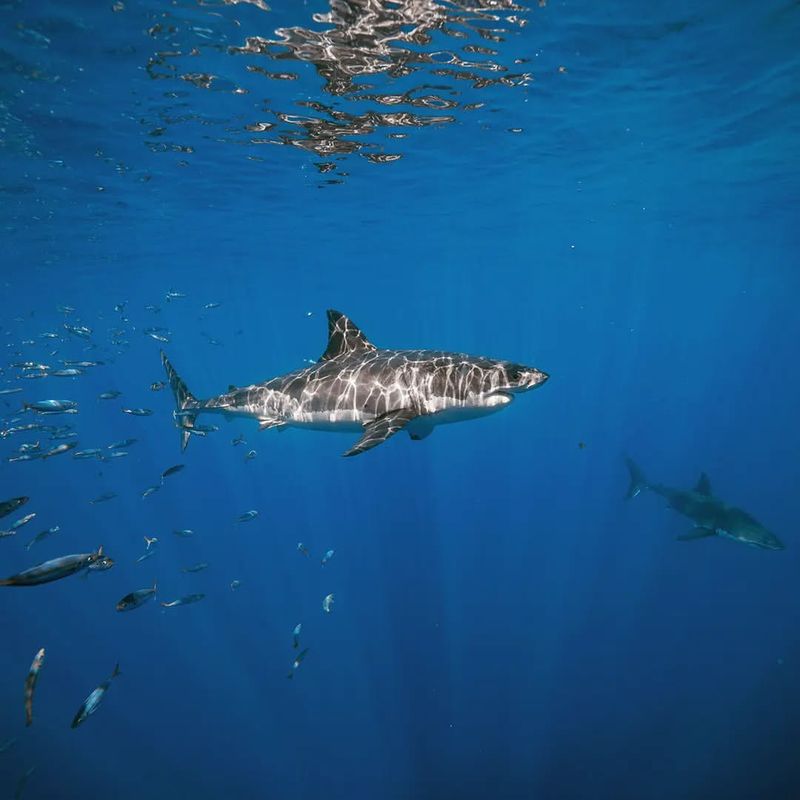
While great white sharks are often seen as solitary hunters, they exhibit complex social behaviors that are difficult to replicate in captivity. Observations in the wild have shown them to engage in social interactions that are not well understood yet crucial to their wellbeing.
In an aquarium, these interactions are limited, preventing them from exhibiting natural behaviors. Social structures are disrupted, leading to stress and behavioral issues. Imagine being isolated without the chance of meaningful interaction – it’s mentally taxing.
Replicating their social environments in a tank is another layer of complexity that aquariums prefer to avoid. Providing suitable social settings is critical for their health, and the inability to do so is yet another reason why these magnificent creatures remain in the open oceans, where they belong.
7. High Maintenance Costs
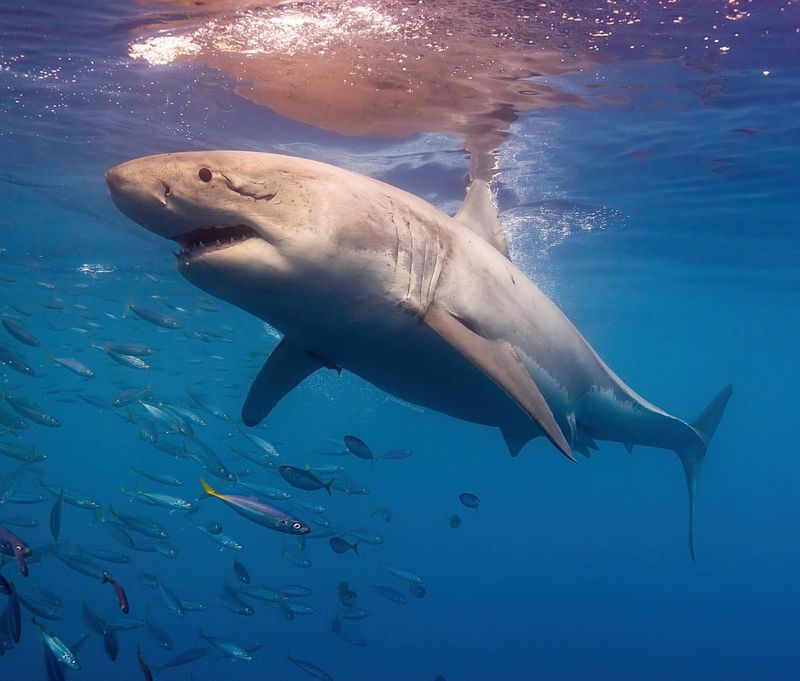
Hosting a great white shark is not just about space; it’s an expensive endeavor. The costs involved in creating a suitable environment are astronomical, encompassing everything from tank design to dietary needs.
Aquariums face financial challenges in maintaining a great white’s habitat, with costs far exceeding those for other species. This financial burden is a significant deterrent. The cost-effectiveness of exhibiting these sharks is questionable.
With limited resources, aquariums opt for species that are more sustainable financially. Investing in more feasible projects helps aquariums fulfill their educational and conservational missions without breaking the bank.
Given these considerations, the exclusion of great whites is a financially sound decision, ensuring funds are available for other critical conservation efforts.
8. Ethical Concerns
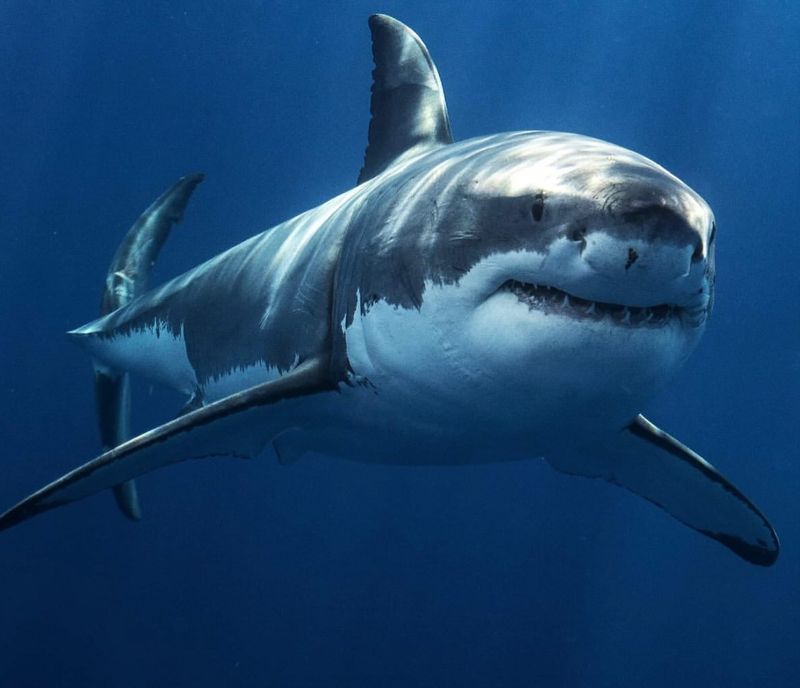
Ethical considerations play a large role in the decision to keep these predators out of aquariums. Concerns about the quality of life for great whites in captivity are paramount. These creatures are highly intelligent and require an environment that aquariums cannot replicate.
Captivity imposes limitations that affect their mental and physical health. Forcing them into confined spaces raises questions about animal rights and humane treatment. The push for ethical treatment of animals emphasizes the importance of letting these sharks roam free.
Marine biologists and conservationists argue that the ethical implications of keeping them in tanks outweigh potential educational benefits.
By prioritizing ethical standards, aquariums demonstrate a commitment to responsible stewardship of marine life, preserving the dignity of these remarkable creatures.
9. Lack Of Research Knowledge
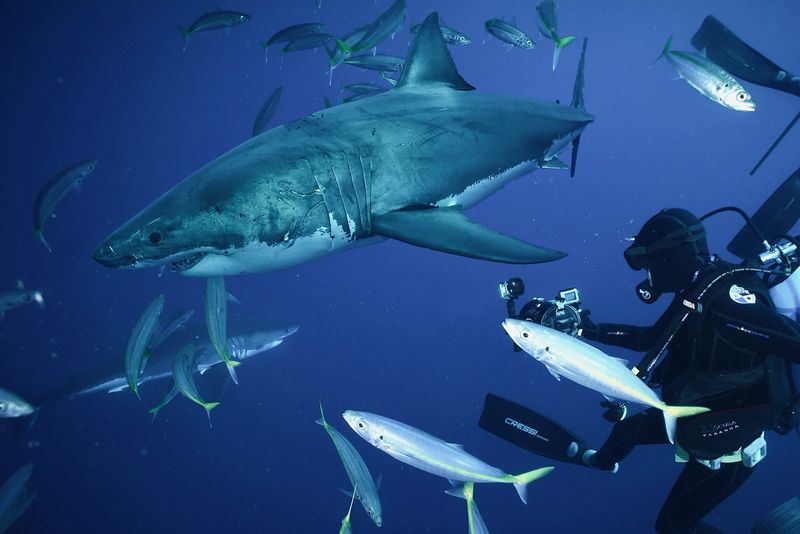
Despite being one of the most well-known shark species, there is still much to learn about great white sharks. The lack of comprehensive research poses challenges for aquariums attempting to replicate their natural habitats.
Without a complete understanding of their needs, aquariums risk creating environments that are more harmful than beneficial. Gaps in knowledge about their social structures, diet, and natural behaviors hinder attempts to provide suitable conditions.
This lack of research knowledge underscores the complexities involved in housing these creatures. Until science catches up, it’s wise to let great whites continue their reign in the wild.
By doing so, we allow for ongoing research that respects their natural behaviors and lifestyles, ultimately contributing to their conservation.
10. Conservation And Public Perception
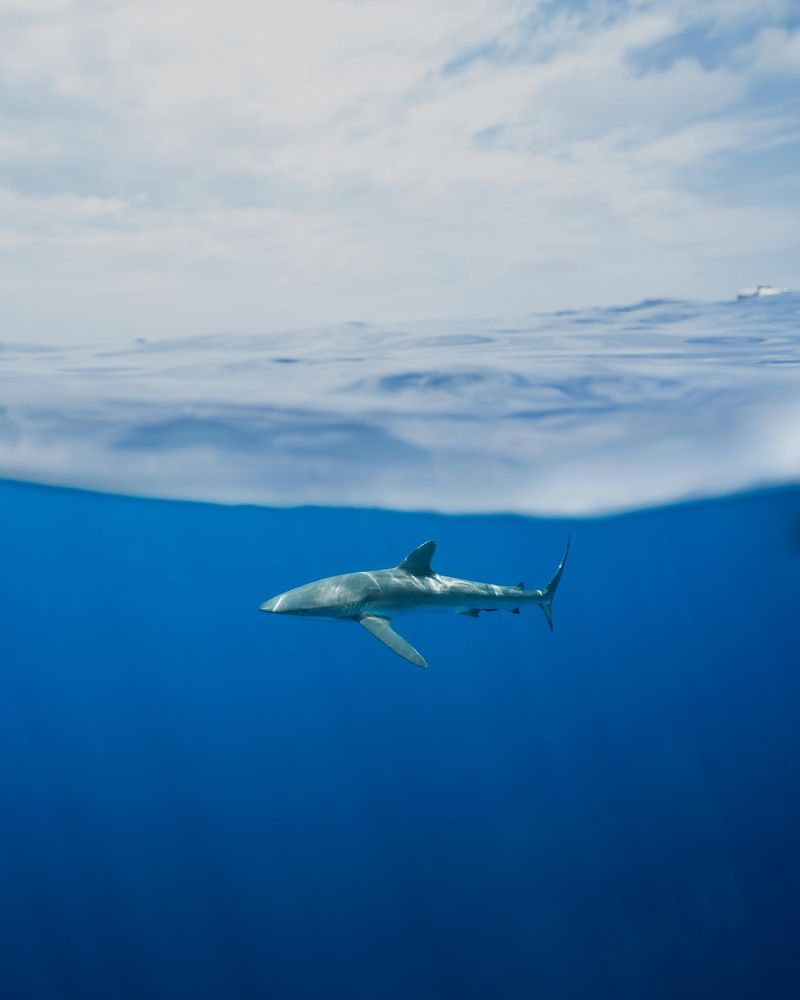
Beyond logistics, the conservation message delivered by aquariums influences public perception. Housing great whites might convey the wrong message about conservation priorities. Aquariums aim to promote awareness and preservation, showcasing species that raise public interest in marine conservation.
Exhibiting great whites might overshadow other important conservation efforts, skewing public perception of what constitutes effective conservation. By focusing on more accessible species, aquariums educate the public about marine ecosystems in a balanced manner.
This approach ensures that visitors understand the importance of conserving all marine life, not just the most famous predators. Through thoughtful exhibit choices, aquariums can effectively contribute to conservation efforts and public awareness, enhancing their role as guardians of marine life.
11. Stress-Induced Health Problems
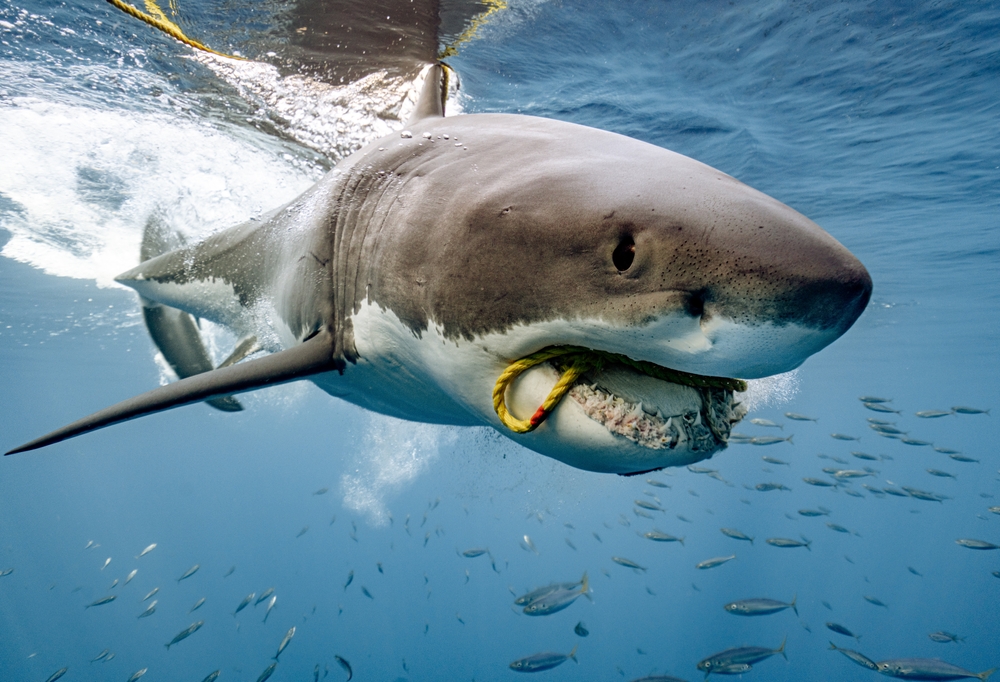
Shutterstock
Great white sharks experience high levels of stress in captivity, leading to various health problems. In the wild, they swim for miles, hunting and interacting with their environment.
However, in an aquarium, the lack of space, stimulation, and natural behaviors causes anxiety and depression.
Stress can lead to weakened immune systems, digestive problems, and even organ failure, making captivity a harmful option for these animals. The physical and emotional toll on the shark often results in health deterioration.
12. Difficulty In Breeding In Captivity
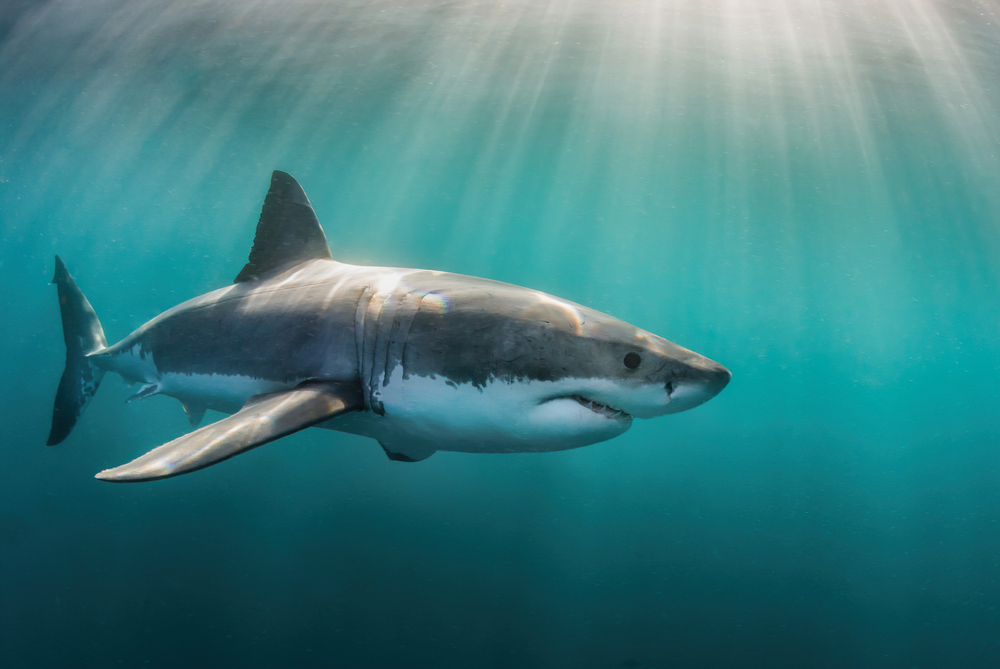
Shutterstock
Reproducing great white sharks in captivity is nearly impossible. These sharks have specific conditions required for breeding, including vast swimming areas and the ability to migrate.
The stress of confinement and the unnatural environment make it extremely difficult for great whites to reproduce in aquariums.
Without successful breeding programs, maintaining a population of great white sharks in captivity becomes even more problematic. Conservation efforts should instead focus on protecting their breeding habitats in the wild to ensure their survival.






